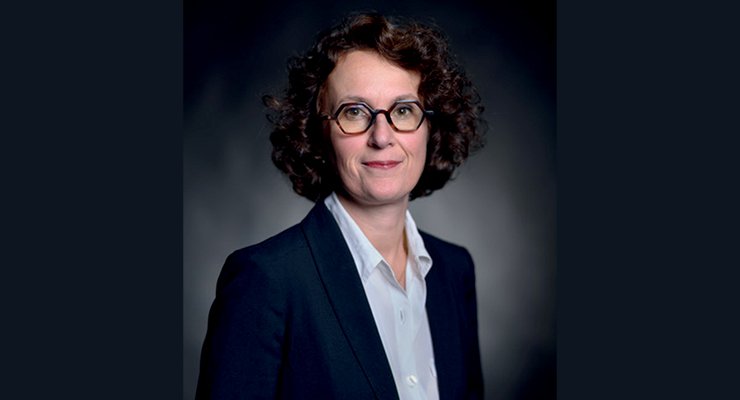Multiscale modelling of Urban Systems (Avenues)
As part of scientific, methodological and technological research, the Avenues research unit focuses its work on the articulations and interactions between several sub-systems, while taking into account the societal impact to approach the city as an interdisciplinary object. .
Objectives
The general emphasis of the research carried out by the Avenues team relates to multi-scale and multi- physics modelling of built up spaces, adopting varying systemic and pluridisciplinary computer aided decision approaches to propose planning decisions and projects to achieve sustainable cities.
This scientific model-based stance at the various scales met in urban areas, calls for skills in engineering sciences (civil and urban engineering, energy, equipment and infrastructures, networks) and also skills in land and space planning, architecture and urban sciences, to take into account environmental constraints, sustainable construction and possible impacts of climate change. The studies also aim at analysing and reducing the level of vulnerability of goods and persons in urban areas.
Research teams and thematics
Avenues is an interdisciplinary research unit whose research object is the city, an approach based on urban dynamics and a method based on interdisciplinarity seen as a systemic integration of disciplinary approaches co-transformed by their mutual confrontation with the object.
Avenues' fields of expertise cover issues related to the multi-scale modeling of urban systems and in particular aspects dealing with energy management and micro-grids, mobility, transport flows and infrastructure, hydrological risks, digital models, urban models, development and metropolitanization.
Plateforms
3 experimental platforms have also been developed and used in relation to renewable power sources in urban areas:
- GISOL – quantification of available solar power and its uses,
- PLER – local stand alone, safe multi-source production of electricity,
- STELLA – micro-network dedicated to electric vehicle charging stations ant to supplying a building.
A fourth platform, PLEMO3D, is intended for 3D digitization and modeling, from the micrometric scale to the building scale.
IDT chair
The Intelligent Mobility and Territorial Dynamics (MIDT) chair aims to contribute to the development of a systemic and multimodal approach to mobility and spatial planning at different scale levels.
Valorisation
Researchers are contributing to the development of the digital platform and the Mobilité DynAMIque application (for the collection, analysis and extraction of data on urban mobility). A start-up will be created following the physical implementation of the global data collection system in public transport in the territories of the Hauts-de-France region.
Partnerships
The relationships established with other researchers allow the realization of research programs and contracts with institutional and industrial partners from various economic sectors (SYSTRA, ENEDIS Oise, MEDEE, S2E2, IRSN, ARC, SPIE,PSA…).
A partnership agreement with IFSTTAR (Institut français des sciences et technologies des transports, d'aménagement et des réseaux) is the subject of collaborations on various developments of systems and networks dedicated to the city, both theoretical and applicable.
A collaboration with the André-Chastel Center, an art history research laboratory, is the subject of a research program on the 3D digitization of historical heritage.
Avenues has been an active member of the Smart Transportation Alliance (STA, www.smart-transportation.org) since 2017.
Zoom on a project
Contact and documentation
Contacts de la recherche à l'UTC



